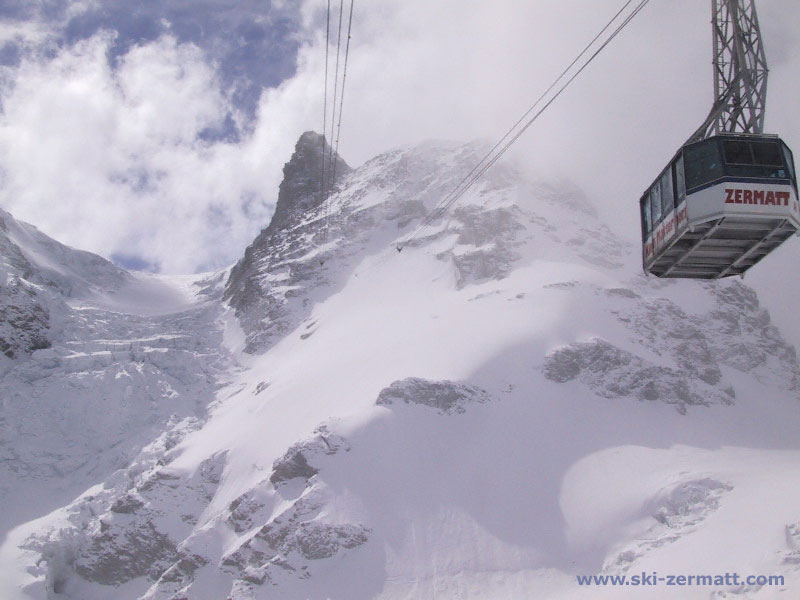….The traffic seemed to move very fast, the cars behind you were right on your bumper, the road signs were confusing.
On the whole, the Italian drivers are aggressive and fast, but competent. You will not find those "space cadet" drivers that we have in the US (especially here in Santa Fe).
You must concentrate on your driving and be alert at all times.

Unlike a law, a rule doesn't require a policeman to enforce it. A foreigner driving on the autostrada for the first time gets the idea very quickly.
You check the rear-view mirror, pull out to pass in your customary leisurely way, and surprise!, that speck on the horizon has become an Alfa-Romeo one car length behind you flashing its lights furiously.
Even if you are past that truck by now, and the Alfa could physically pass you on the right, its driver would no more do so than the car would sprout wings and fly over you.
This might come amiss in New York or Houston, where an attempt to claim the left lane is sometimes regarded as a shooting offense, but in Italy the peremptoriness vis-a-vis someone who has broken a rule is softened by courtesy toward those who are trying to behave.
If, when you miscalculate the speed of the car zooming up on the left, what you are passing is not a single truck but a line of cars, when the need to return to the right lane becomes imminent, they will let you in, without animosity.
The same applies to passing a line of cars on a surface road. Indeed, Italians' etiquette in passing is, so far as I know, unique. For example, if a surface road is physically wide enough to accommodate three vehicles abreast, it doesn't matter that it has only one official lane each way:
the car being passed and the oncoming car each squeeze right, letting the passing car through. In short, the rule on which all the others depend is the Golden one.
****
The result is the requisite of order, predictability..
It is presumably no coincidence that Italy has one of the lowest accident fatality rates in Europe (lower, too, than the United States'), on roads that harbor a mixture of vehicles ranging from miniature Fiats that can bowl along at 70 mph on the straightaway but that slow to about 40 on hills, to huge double-rigged trucks, through the whole middle range of cars that cruise at 80 to 100, to the Porsches and Lamborghinis that zoom along at 150.
(Conversation on the A8 north of Milan: Driver: "Was that a Ferrari that just passed us?" Navigator, looking up from map and peering at a fast-disappearing silver streak: "Was what a Ferrari that just passed us?")
The combination of common sense and courtesy doesn't stop when an Italian gets out of his car. Modern anti-theft devices--and thefts--may have put a stop to this one, but the custom used to be that if you needed to park your car, and the only spot available would box someone else in, why, you simply left your door unlocked.
That way, if the other driver returned first he could put your car in neutral and roll it ahead a few feet.
If a driver inexplicably forgot his manners and locked the car, all was not lost. Scene: The street that jogs around Sant' Andrea delle Valle in Rome (the church where the first act of Tosca is set).
A driver, having failed to find a space in the little parking lot next to the church, leaves his car across the street, where it hinders buses negotiating the sharp turn. The proprietor of the bar outside which the car is parked notices the problem, comes out, and tries the doors. Locked. He goes back in, returns with three customers, and they bodily lift the car back ten feet.
 Saturday is the day when week-long ski packages begin and end, so there is considerable traffic. In one village there is a right-angle turn hemmed in on both sides by houses clinging to the mountainside.
Saturday is the day when week-long ski packages begin and end, so there is considerable traffic. In one village there is a right-angle turn hemmed in on both sides by houses clinging to the mountainside. 


